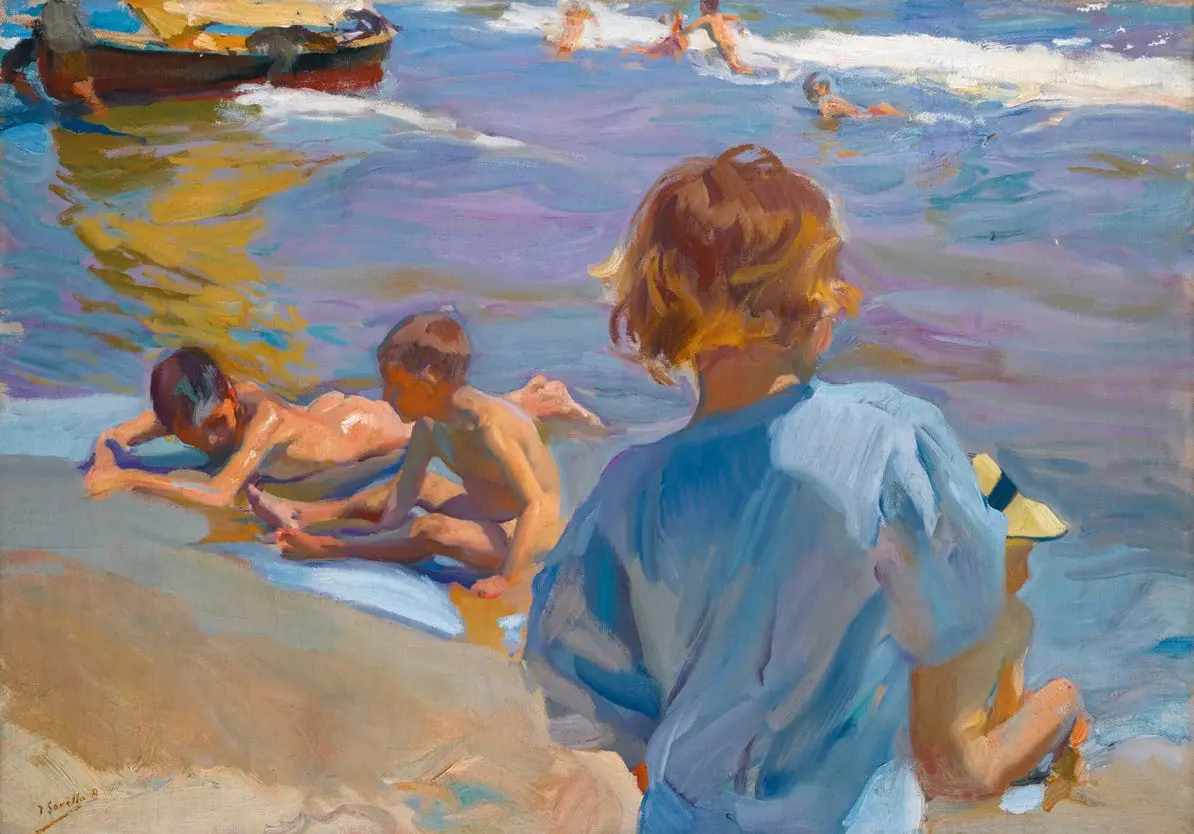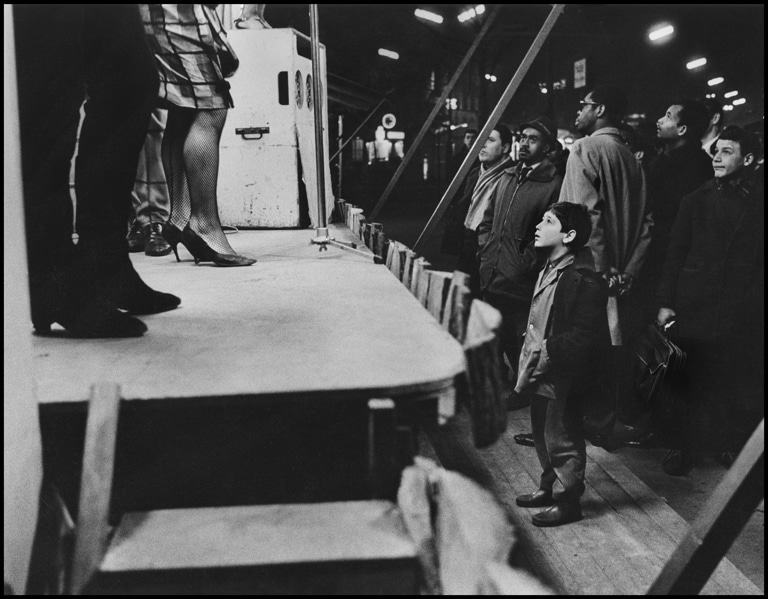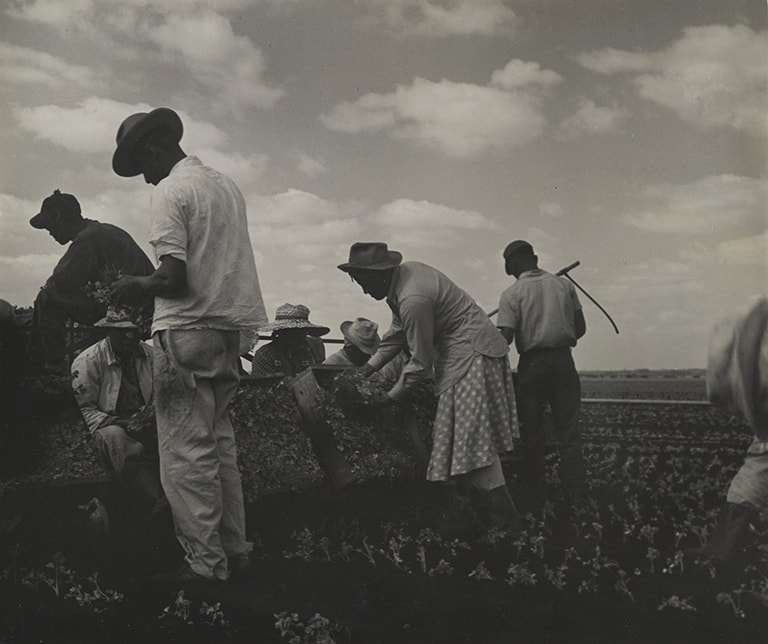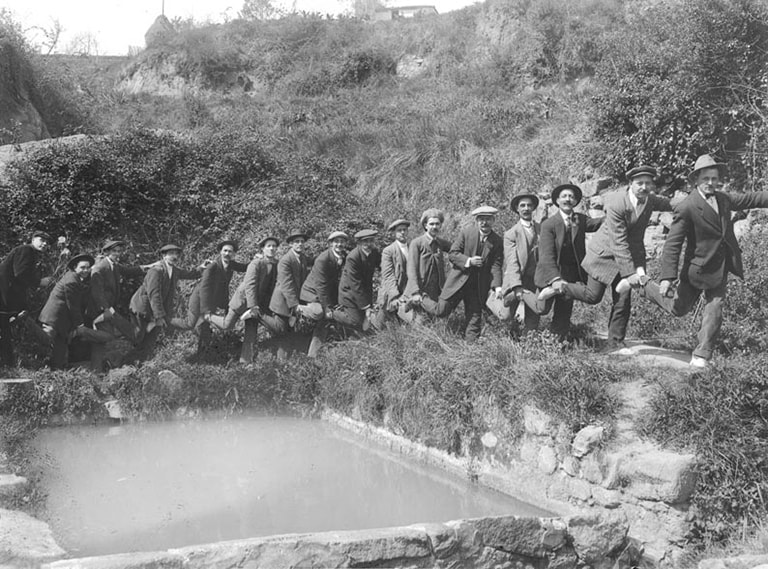Between Two Centuries: Spain 1900
OCT.14.2008 ──────── JAN.25.2009

Joaquín Sorolla
Children on the Beach, Valencia>, 1916
Private collection
Exhibition
OCT.14.2008 ── JAN.25.2009
Location
Recoletos Exhibition Hall
Paseo Recoletos 23, 28004 Madrid
The exhibition entitled Between Two Centuries: Spain 1900 brought together a total of 89 works by some of the most important artists on the Spanish scene at the turn of the century, from Sorolla through to early Miró, including other standout artists such as Zuloaga, Romero de Torres, Regoyos, Anglada, Camarasa, Mir, Casas, Rusiñol, Nonell, Sunyer, Arteta, Togores and, naturally, Picasso.
This exhibition benefited from the generous support of some of the most prestigious museums and Spanish and international art collections, such as the Musée d’Orsay, the National Museum of Fine Arts of Cuba, the National Museum of Art of Catalonia, the Bilbao Museum of Fine Arts, the Picasso Museum in Barcelona, and the Reina Sofía National Art Centre in Madrid, among others.
The Exhibition
Between Two Centuries: Spain 1900 represented the culmination of a programme of exhibitions with which Fundación MAPFRE reviewed and updated some of the leading artists and trends in Spanish art in the late nineteenth and early twentieth centuries, in collaboration, for the most part, with some of the country’s most important museums.
The exhibition featured 89 key pieces from the most essential artists, covering a period of time that extended the strict turn of the century by several years.
This context, viewed as a crossroads of cultural trends and artistic movements, encompassed artists such as Anglada Camarasa, Brull, Casas, Mir, Rusiñol, Nonell, Modest Urgell, Julio González and the young Picasso, who defined the atmosphere of Barcelona in 1900, where Modernism, Symbolism and Postimpressionism all overlapped: Torres García, who alluded to an incipient nineteenth century classicism; the young Sunyer, who reflected the impact of Nabi painting during his Parisian sojourn; Zuloaga and Solana, the ultimate representatives of the pictorial images of ‘Black Spain’; and also its counterpart, Sorolla, the creator of the festive and cheerful artistic image of ‘White Spain’, which overflowed with Mediterranean light and achieved huge international acclaim; Julio Romero de Torres and Viladrich, who proposed an image midway between authentic and unsettling of characters from literature and reality; Darío de Regoyos, the embodiment of the connection with international Postimpressionism; Echevarría, Iturrino and Arteta, representatives of the infiltration of international avant-garde languages in Basque painting, and the very young Miró and Dalí, who were experimenting with the languages of modernity long before they found the path to Surrealism.
![Marc Chagall Le Marchand de bestiaux [The cattle dealer], c. 1922-1923](/media/arte-cultura/exposiciones/chagall-768x425-1.jpg)



